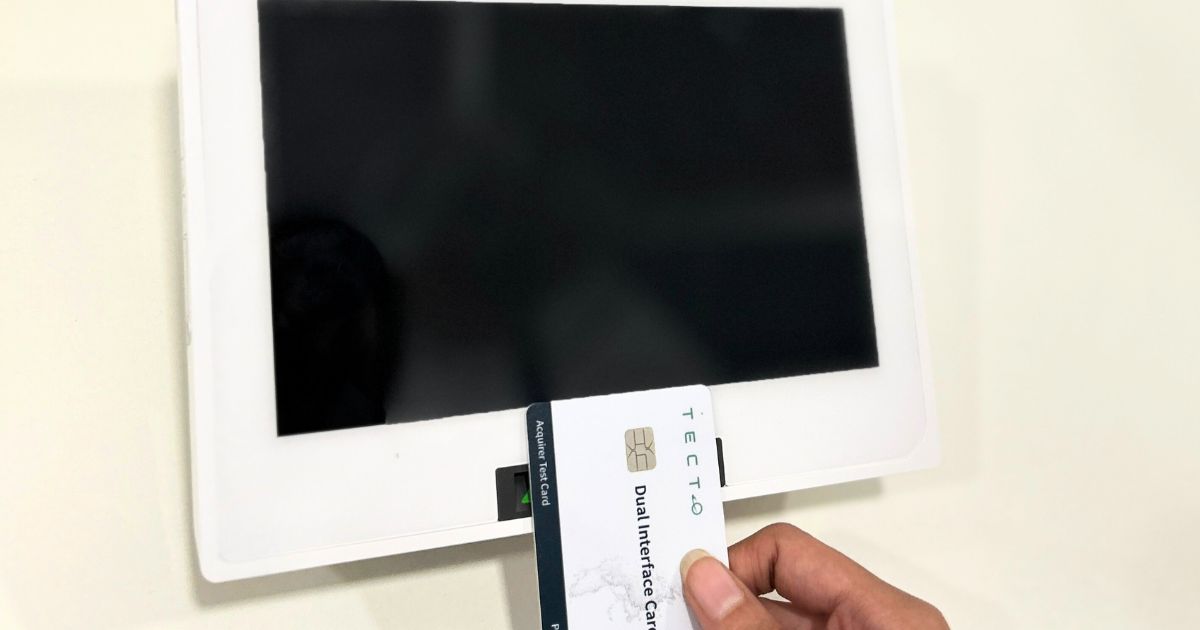
The payments industry is undergoing significant changes now that the EMVCo C8 kernel is available.
EMVCo C8 is a single standard for contactless transactions that combines speed, security, and interoperability across networks.
However, how to adopt C8 at scale is the biggest question in the minds of every stakeholder in the payment ecosystem.
It demands a practical understanding of how terminals behave when equipped with the new kernel, especially in real-world scenarios involving various types of contactless cards.
Our customer is a global payment network. They were preparing to support the C8 standard across their card portfolio.
To do that confidently, they needed a way to simulate terminal behavior with the C8 kernel, not just in isolation, but as a part of a broader acceptance environment.
They had to see how different generations of contactless cards, those that work with C8 and those that work with older kernels, would work when used at the same terminal.
To ensure that everything went smoothly, they required terminals to provide dual-kernel compatibility, with smart priority between C8 and the older version of the payment network's kernel.
In essence, they wanted to understand how everything fits together so they could develop reliable test plans for vendors, acquirers, and partners across the ecosystem.
We developed and delivered a terminal simulator loaded with the C8 and customer specific contactless scheme kernel and the payment network host libraries, along with required cryptogram generation & validation, and pre-integrated support for contact & contactless transactions.
Our simulator showed how a terminal would perform in the real world under C8. This let the payment network's teams see how transactions flowed, check how cards worked, and make changes to the certification requirements.
What made this simulator especially valuable was its dual-kernel architecture. It was designed to support both the legacy kernel of the payment network and the C8 kernel on the same terminal. It also had dynamic prioritization based on card compatibility. This means terminals could default to the new standard while retaining the flexibility to fall back to older logic when needed.
1. The simulator serves as a testbed that enables teams to observe how the C8 kernel operates in a real terminal environment.
This hands-on experience goes directly into building test plans and certification processes for future deployments.
2. By providing compatibility for both traditional kernels and the C8 kernel in a single solution, we enabled our customer to connect current deployments with future rollouts. The dual-kernel support makes it easier to switch between card types in places where they will be used together for years to come.
3. Our delivery positioned the payment network to lead the curve. While the industry was still evaluating C8 adoption strategies, they were already testing, iterating, and preparing. This gave them a significant edge in defining standards for the rest of the ecosystem.
4. This was a joint effort. By working closely with engineering and certification teams, we established a feedback loop that enabled us to refine the simulator and contribute to a more scalable, industry-aligned C8 acceptance model.
As the payments world embraces the C8 contactless standard, testing and certification readiness become essential. We helped a major global network move from planning to deploying the C8 kernel by providing them with a strong, dual-kernel terminal simulator.
This project demonstrates how working strategically and generating new ideas early on can accelerate the process of preparing for significant industry changes. We are happy to be at the forefront of the movement to determine the future of contactless payments.

Just fill some information and you will hear from us within the next few hours, and we will get you started

We will not spam you with thousands of emails or calls.